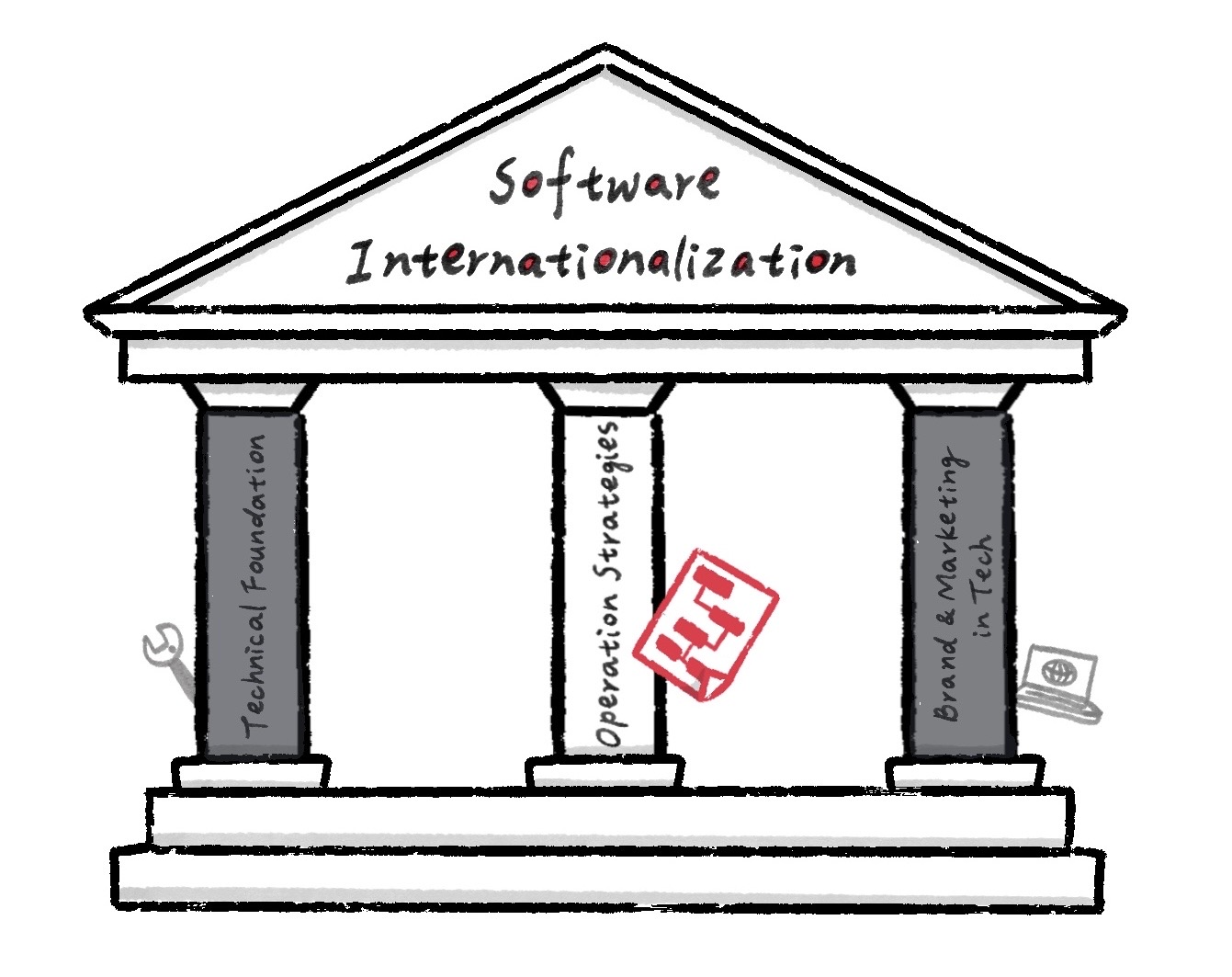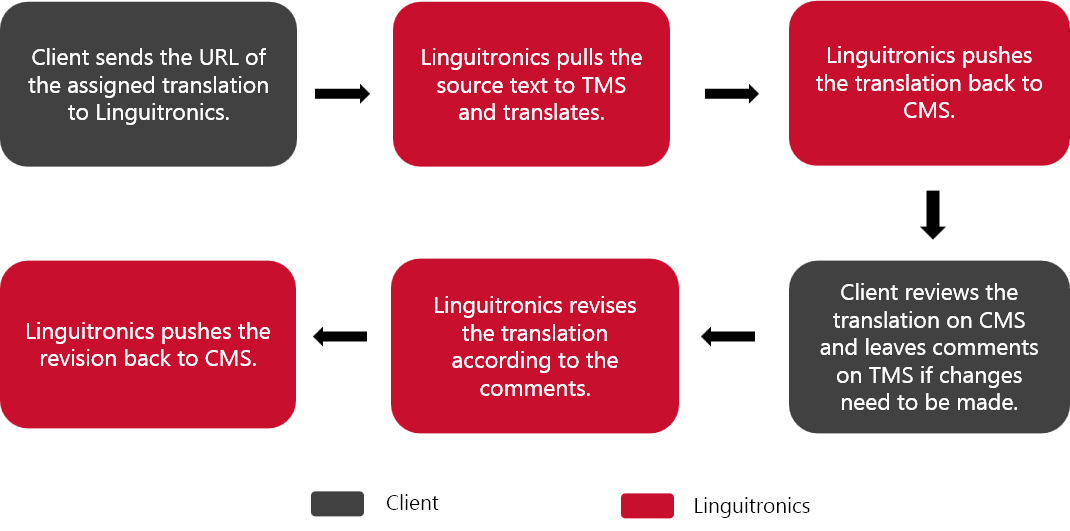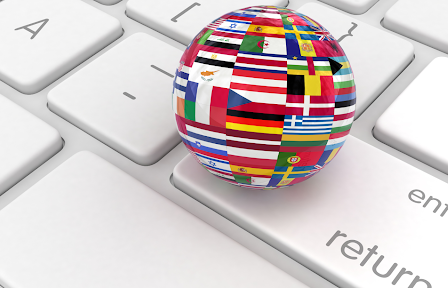How to Prepare Software for I18n – Pillar II: Automation & Tools Strategies
2025.11.09In the first post of this series, “How to Prepare Software for I18n – Pillar I: Technical Readiness Checklist," we explored the foundational aspects of internationalization. We outlined critical technical challenges such as hard-coded strings, UI breakage, data corruption, and character encoding flaws, and provided actionable solutions like externalizing text, building adaptive layouts, and implementing universal character support. With the technical and foundational groundwork in place, the next challenge is managing localization at scale without compromising quality or speed. Now let’s shift our focus to Automation & Tools Strategies and examine how to manage localization efficiently and effectively at scale. As projects expand and the number of stakeholders increases, they often encounter operational complexities that give rise to workflow challenges. These can undermine efficiency and compromise quality, leading to common pitfalls such as: To address these challenges, the following solutions can dramatically improve operational efficiency and consistency: By addressing operational and workflow challenges effectively, teams can streamline large-scale localization projects, reduce errors, and maintain consistent quality across all languages. This sets a strong foundation for internationalization efforts, ensuring that global products are delivered efficiently and reliably. Building on the localization understanding from Pillar I and Pillar II, “How to Prepare Software for I18n – Pillar III: Advanced UX and Technical SEO” will explore advanced strategies for market acceptance and native resonance. This includes culturally-aware UX, technical SEO, and rigorous linguistic quality assurance, ensuring products achieve effective localization and transcend mere translation in diverse global markets.

Do These Workflow Pitfalls Emerge When You Scale Up?
Scaling Your Operations — Automation & Tools Strategies


Digital Translation: Its Impact On Today’s Digital Transformation

Why Translation Management? Going Beyond Language Conversion and Building a Holistic Approach—Strategy Assessment

Transcreation and Why It Matters to Your Business Capabilities
